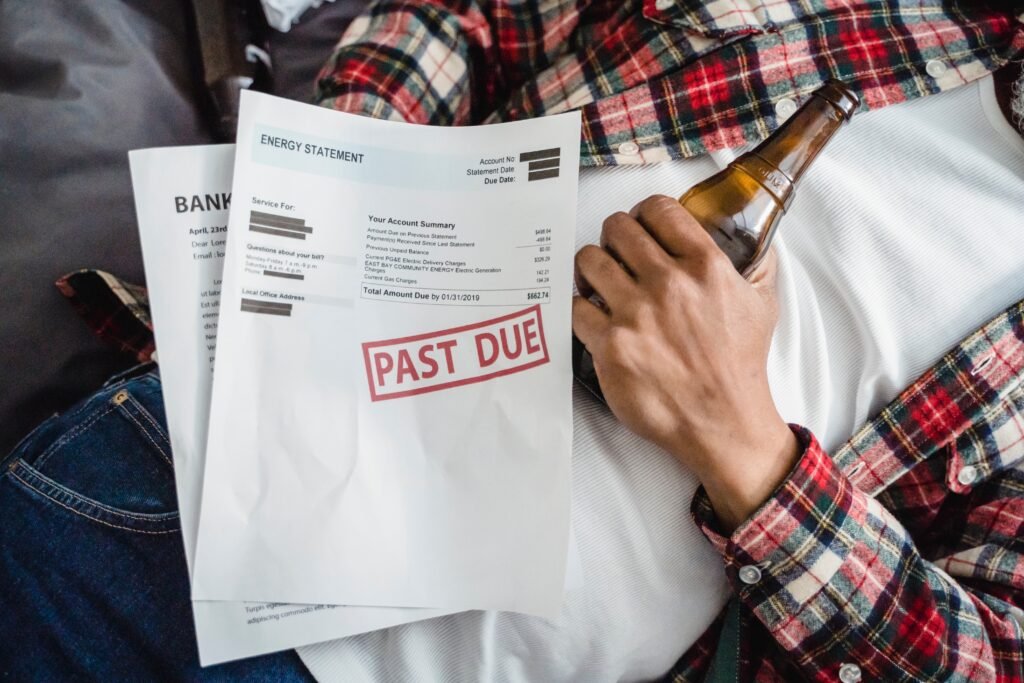Personal Bankruptcy
Personal bankruptcy is a legal process designed to provide relief to individuals who are struggling with overwhelming debt. In the United States, bankruptcy is governed by federal law, and there are two main types of personal bankruptcy: Chapter 7 and Chapter 13. This article will explore the basics of personal bankruptcy in the USA, including how it works, who is eligible, and what the consequences are.

What is Personal Bankruptcy?
Personal bankruptcy is a legal process that allows individuals to discharge most of their debts and get a fresh start. The goal of personal bankruptcy is to provide relief to individuals who are struggling with overwhelming debt and cannot repay their debts. Bankruptcy can help individuals get back on their feet by eliminating or reducing their debt and giving them a chance to rebuild their financial lives.
Personal bankruptcy is governed by federal law and is a complex legal process that requires the guidance of a bankruptcy attorney. Bankruptcy can be a difficult decision to make, and it is important to understand the basics of the process before making a decision.
How Personal Bankruptcy Works
Personal bankruptcy works differently depending on the type of bankruptcy filed. There are two main types of personal bankruptcy in the USA: Chapter 7 and Chapter 13.
Chapter 7 Bankruptcy
Chapter 7 bankruptcy is also known as liquidation bankruptcy because it involves selling off assets to pay creditors. However, not all assets are subject to liquidation. Some assets, such as your primary residence, personal belongings, and retirement accounts, are exempt from liquidation. In a Chapter 7 bankruptcy, a trustee is appointed to oversee the sale of any non-exempt assets and distribute the proceeds to creditors.
The process of Chapter 7 bankruptcy typically takes around four to six months to complete. Once the bankruptcy is filed, an automatic stay is put in place, which prohibits creditors from attempting to collect on debts during the bankruptcy process. This can provide individuals with a much-needed break from creditor harassment and collection efforts.
Chapter 13 Bankruptcy
Chapter 13 bankruptcy is also known as reorganization bankruptcy because it involves creating a repayment plan to pay back creditors over a period of three to five years. Unlike Chapter 7 bankruptcy, you get to keep your assets, but you must have a steady income to qualify.
The process of Chapter 13 bankruptcy typically takes around three to five years to complete. Once the bankruptcy is filed, an automatic stay is put in place, which prohibits creditors from attempting to collect on debts during the bankruptcy process. The repayment plan is overseen by a bankruptcy trustee who collects payments from the individual and distributes them to creditors.
Who is Eligible for Personal Bankruptcy?
In order to be eligible for personal bankruptcy in the USA, you must meet certain requirements. The eligibility requirements differ for Chapter 7 and Chapter 13 bankruptcy.
Chapter 7 Bankruptcy
To be eligible for Chapter 7 bankruptcy, you must pass a means test that compares your income to the median income in your state. If your income is below the median, you are eligible for Chapter 7 bankruptcy. If your income is above the median, you may still be eligible for Chapter 7 bankruptcy, but you must demonstrate that you do not have enough disposable income to pay off your debts.
Chapter 13 Bankruptcy
To be eligible for Chapter 13 bankruptcy, you must have a regular income and your unsecured debts must be less than $419,275 and your secured debts must be less than $1,257,850. In addition, you must have completed a credit counseling course within the six months prior to filing for bankruptcy.
Consequences of Personal Bankruptcy
While personal bankruptcy can provide relief from overwhelming debt, it also has serious consequences. One of the biggest consequences of bankruptcy is the impact on your credit score. A bankruptcy filing can stay on your credit report for up to 10 years
